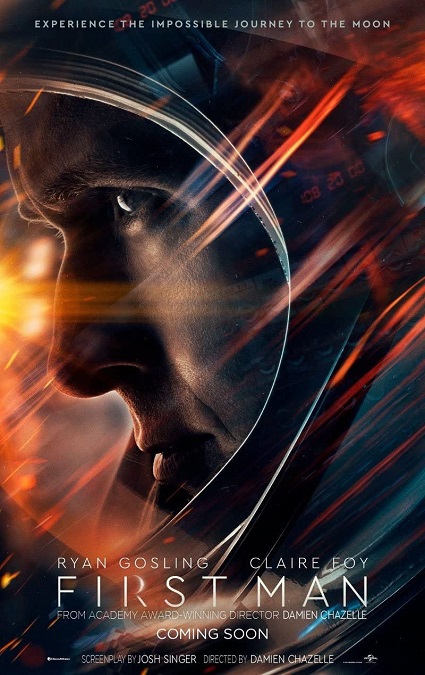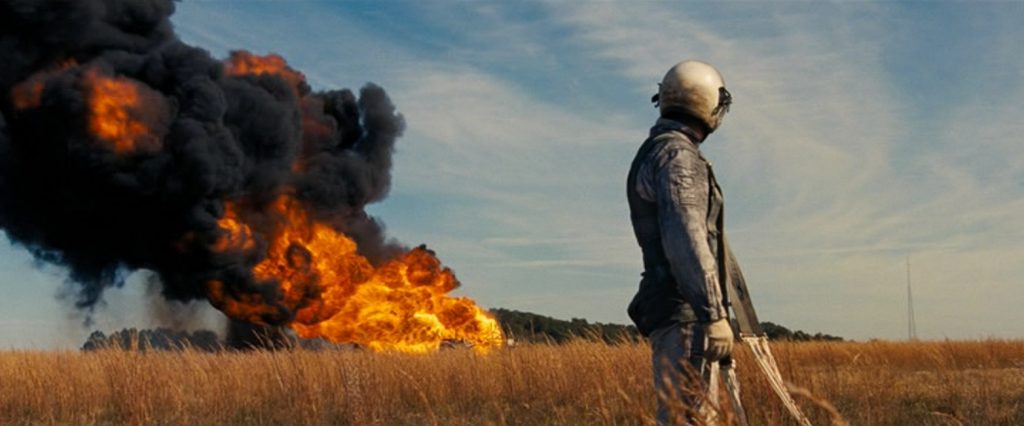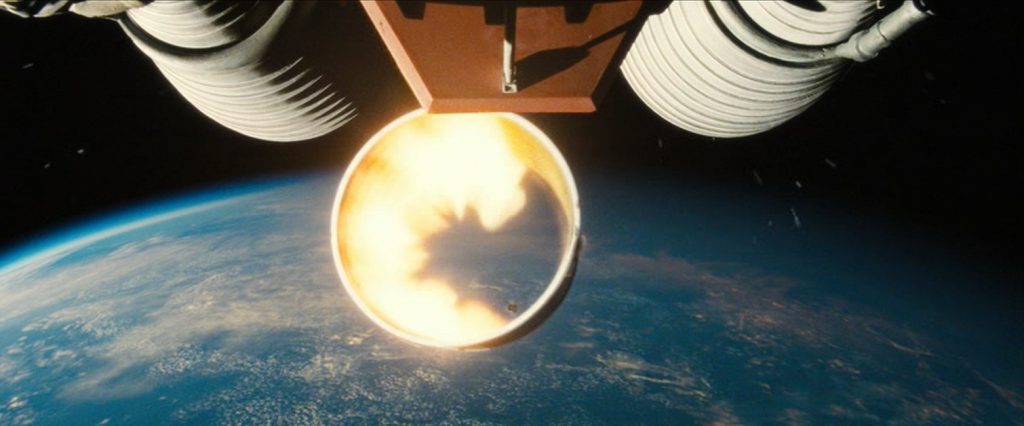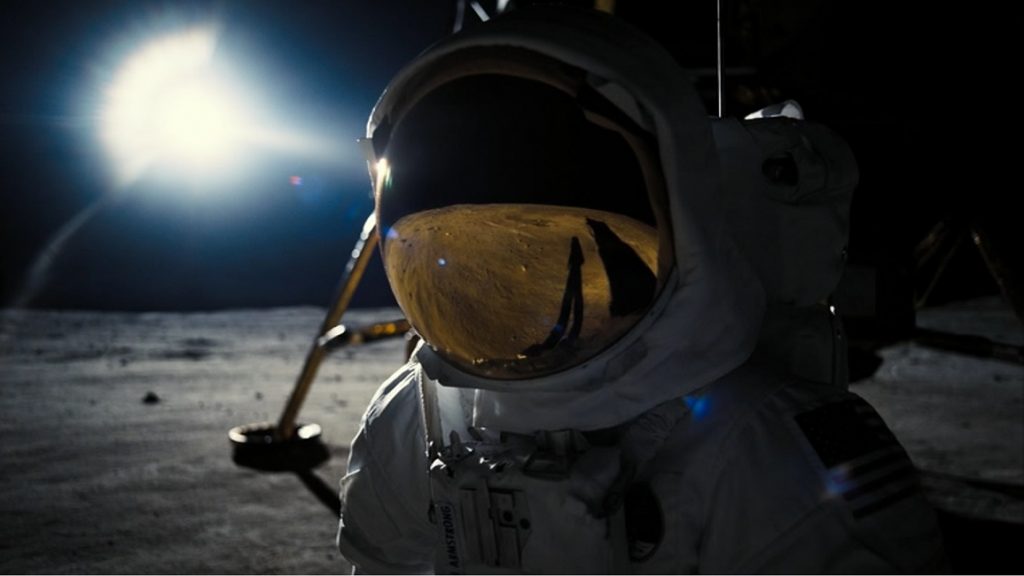



First Man – 2018 (WINNER)

The visual effects for First Man did not, for the most part, impress me… that is, until I did a little research to learn how they were done. Then my respect for them grew a little. However, the first and biggest problem I had with these effects was that we’ve seen most of them before in other excellent films like The Right Stuff and Apollo 13, between which, there were noticeable improvements in the effects. And while they looked good in this movie, I don’t see how the visuals here were significantly better than those other films which came out in 1983 and 1995.
But what made these movie’s effects impressive was that they were all practical effects… well, kind of. What I mean is that director, Damien Chazelle, used all practical effects, up to a point. There were no green or blue screens, there were miniature models in various scales for wide or close shots, there was actual NASA archival footage that was used and enhanced, and there was minimal CGI. So how did they get the shots of the Apollo 11 launch, the earth from outer space, and the moon landing? The tried and true method of rear projection.
But it wasn’t your typical rear projection technique. They constructed massive 35 foot tall, 60 foot wide LED screen that they put the actors in front of. Now, the images being played on the screen were a combination archival footage and CG images. So when the camera was recording, it picked up all those images without having to composite them together. This had the added advantage of allowing the actors to see the backgrounds and environments their characters were supposed to be in. Also, when you see images reflected in the helmets of the astronauts, many times, they were actual reflections that didn’t need to be added in post.
So the real challenge that the effects teams had to deal with was preparing all the CGI images that were to appear on the LED screen. Obviously, it all had to be ready before the actual filming began, as opposed to after filming was complete. Also, depending on the kind of shots needed, different LED images need to be at different resolutions in order to make the shots believable. And it wasn’t just a small amount. They had to create around 90 minutes of background content, which is the size of a feature in its own right. And I have to say that the best effects scene in the movie was the climax, the actual moon landing. It was an event that has not often been depicted in films, and certainly not in such a realistic way.
So all the in-camera filming that was done added a certain level of realism to the movie, which I appreciate. But that isn’t to say that there was no post-production work. In the end, the practical effects were enhanced by minor CGI effects. Also, the LED backgrounds were sometimes adjusted to better suit the needs of the scenes. All in all, it was a very interesting and innovative approach to modern filmmaking. But did this movie deserve its Oscar? I suppose so, if only because of their innovation, blending an old technique with modern technology. It was a new and effective way to show us things we’ve seen before.